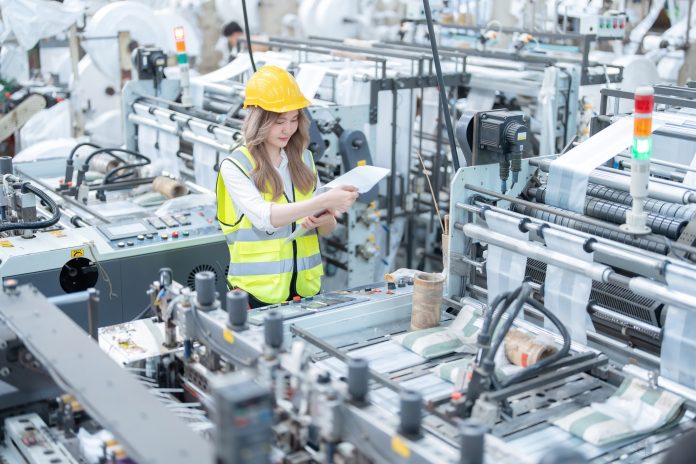The U.S. Department of Energy (DOE) and the White House Office of Science and Technology Policy (OSTP) have revealed a new plan that hopes to reshape the American manufacturing sector
The National Blueprint for a Clean & Competitive Industrial Sector outlines a new approach to accelerating manufacturing growth while addressing climate change and improving public health.
U.S. manufacturing sector
The plan builds on existing federal investments and sets a clear path for transforming U.S. manufacturing into a more sustainable, competitive, and job-rich industry.
The manufacturing sector is a key part of the U.S. economy, contributing 12% to the nation’s GDP and supporting millions of jobs. A lot of these jobs offer above-average wages and create opportunities for workers without a four-year degree.
Other than the economy, U.S. manufacturing plays another important role in national security, reducing dependence on foreign suppliers and mitigating risks of global supply chain disruptions.
Environmental challenges in the manufacturing sector
Manufacturing processes are energy-intensive and responsible for around 20% of the country’s annual greenhouse gas emissions. The new blueprint acts as a roadmap for reducing emissions, in the hope to address this issue.
Five strategies for a greener, stronger manufacturing sector
The blueprint outlines five key strategies designed to help U.S. manufacturing reduce its carbon footprint, increase efficiency, and stay competitive in a rapidly changing global market.
The plan takes a whole-of-government approach, coordinating efforts across federal agencies to create a supportive environment for private-sector innovation.
- Accelerating the adoption of existing low-carbon solutions
The blueprint emphasises the importance of quickly deploying commercially available technologies that can reduce emissions. A lot of these solutions are already proven but need wider adoption to make a significant impact on the sector’s environmental footprint. The government aims to provide the incentives and support necessary for businesses to scale up these technologies and integrate them into their operations.
- Demonstrating emerging technologies at scale
To drive innovation, the government will invest in establishing new, emerging technologies at commercial scale. This step is important to prove their feasibility and de-risk the process of adopting these innovations across industries. By showing that new technologies can work on a large scale, manufacturers will be more confident in making the transition to cleaner processes.
- Using data to drive efficiency and emissions reductions
Increasing the use of data and analytics is another cornerstone of the blueprint. Advanced data tools can help manufacturers optimise their operations, reducing waste and energy consumption. By tracking emissions and efficiency in real-time, companies will have the insights they need to make smarter, more sustainable decisions, ultimately lowering costs and improving performance.
- Innovating for transformative change
The blueprint also emphasises the importance of advancing research to develop groundbreaking technologies and processes that can drastically reduce greenhouse gas emissions. This research will focus on creating entirely new ways of producing goods that are far less polluting, ensuring that U.S. manufacturing remains at the forefront of global innovation in clean technology.
- Reducing embodied emissions across the product lifecycle
Lastly, the blueprint calls for a more holistic approach to emissions reduction. This includes reducing the carbon footprint of products throughout their entire lifecycle, from raw material extraction to production, use, and disposal. By minimising the embodied emissions in manufactured goods and reducing waste, the sector can become more sustainable while continuing to meet consumer demand.
A cleaner, more competitive future for American manufacturing
The new blueprint shows the U.S. commitment to creating a manufacturing sector that is more sustainable, resilient and competitive on a global scale.
By investing in low-carbon technologies and sustainable practices, the U.S. government hopes to promote long-term growth in the manufacturing sector, ensuring that it remains a cornerstone of the American economy.
The government’s focus on reducing emissions and advancing innovation comes at a critical time. By helping the U.S. become a leader in clean industrial technology, the blueprint looks to strengthen American manufacturing’s global competitiveness while creating new opportunities for workers and businesses.











